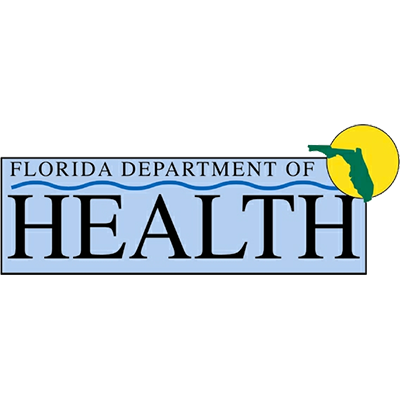For approximately 5 million people each year, wisdom-teeth removal is part of the rite of passage into adulthood. But for some, wisdom-teeth extraction represents a first exposure to opioids, and a recent study from Stanford University found that teens can end up in a battle with these medications after the procedure.
The consequences of the epidemic are significant. Opioids each day cause more than 130 overdose deaths in the United States, according to the Centers for Disease Control and Prevention (CDC), and the annual economic cost exceeds $500 billion, according to a study from The Council of Economic Advisors. In Wisconsin, there are 16.9 opioid-involved overdose deaths per 100,000 people in each year.
Painkilling prescriptions are often necessary and useful for some medical conditions. However, these powerful drugs — such as oxycodone or codeine — come with a high risk of misuse and addiction. This is especially true for teens and young adults, in part because adolescent brains are not fully matured and are therefore more susceptible to the effects of opioids.
February is National Children’s Dental Health Month — an opportunity to recognize the risks for young people and remind everyone about the importance of proper dental care and the often-overlooked connection between oral health and opioids. Here is information for people to consider:
Access Information: Oral health professionals write 12% of all opioid prescriptions, including 54% of opioid prescriptions for adolescents, according to a UnitedHealthcare analysis of claims data.[2] While any dental procedure should involve professional advice from a dentist or oral surgeon, patients and parents should be aware of the risks associated with potential exposure to opioids following care. To that end, parents, educators and health professionals should consider publicly available resources, such as this public service announcement and this toolkit, which includes commonly asked questions and a pain-management checklist to help patients better understand options before and after wisdom-tooth extraction.
Limit Supply: Other than in extreme cases, it’s important to limit prescriptions for the minimum appropriate dosage and number of days, which the CDC recommends at three days and fewer than 50 morphine milligram equivalents per day. This is because the likelihood for chronic opioid use increases most sharply after the first few days of use, according to the CDC, and misuse or dependence on opioids can lead to addiction to powerful illicit drugs.
Alternative Pain Medications: If you or a loved one is prescribed an opioid following a dental procedure or another medical event, it’s good to ask your health care professional if there are alternatives that might work for you, including over-the-counter pain relievers such as a combination of acetaminophen and ibuprofen. In many cases, these medications can be equally effective in pain management, without the risk of addiction.
Proper Disposal: Approximately 70% of misused opioid prescriptions were obtained, stolen or purchased from a friend or relative, according to the CDC. That’s why it’s important to keep opioids in a safe place (e.g., a locked cabinet) and properly dispose of unused medications. That can include returning the drugs to your pharmacy or mixing them with water and an unappealing substance, such as cat litter, before putting in the trash. If just thrown in the trash, unused prescription drugs may be retrieved and misused.
By taking steps such as these, we can help support the health of young people and address the connection between oral health and opioids. For more information about how we can work together to confront this important public health issue, visit Shatterproof.org.



